For the American children of the ‘70s or Gen-Xers, if you prefer, the first microcar we saw was the Smart Car when they brought them stateside. What we didn’t know was that in Europe, microcars never went out of fashion.
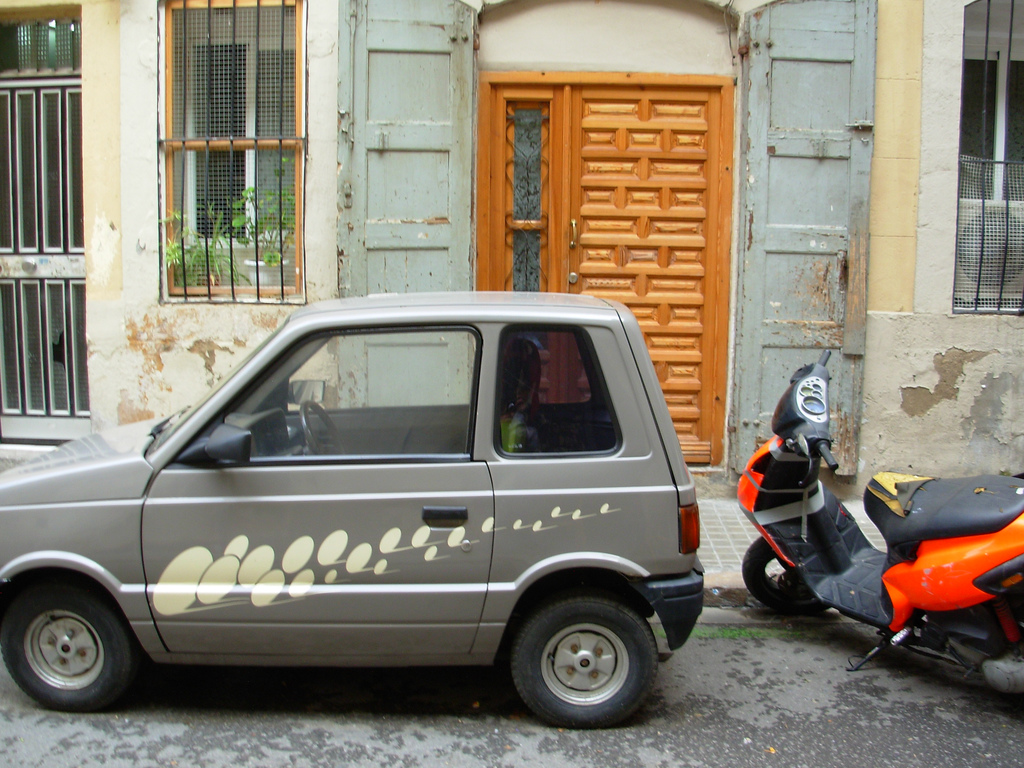
(source: flickrhivemind.net)
Plagued by small streets, limited parking options, populations swells, the cities of Europe enjoyed microcars long after the first wave of them hit in the 40’s.
Depending on where you live, definitions for what constitutes a microcar vary, but in general they are small; smaller than a compact. Back in the day, they made them without traditional doors.
As with today’s Smart cars, a microcar fits one comfortably, but will usually fit two adults. You’ll be hard-pressed to haul lumber, though. In fact, you may not cart a full week of groceries depending on your model.
Over the years we’ve manufactured more microcars than you can imagine. Some of the brand names are familiar, but some did not survive. These are my favorites.
1939 Crosley
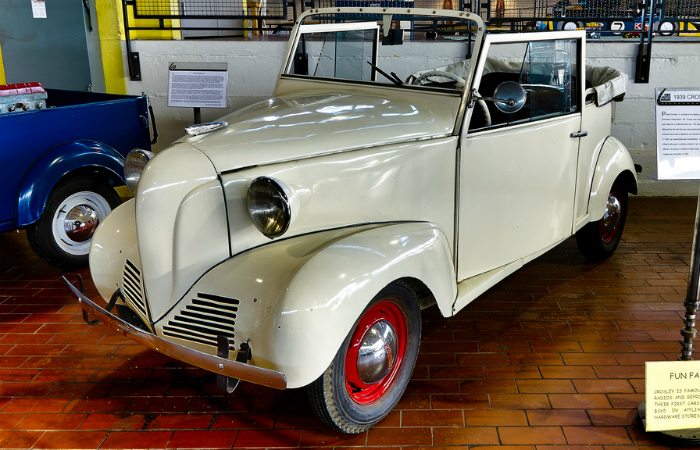
(source: blackburnwheels.com)
This is your standard gangster car after a spin in the dryer. Crosley made these microcars from ’39 to ’52. The best thing about the Series 1A was the convertible option.
I know, no true automobile enthusiast prefers a canvas top, but I do.
The Series 1A weighed less than 1,000-pounds. It sold for $250 at the time, about $4,400 in today’s economy. The Series 1A was not a success, but subsequent models by Crosley sold better.
1960 ZAZ 965
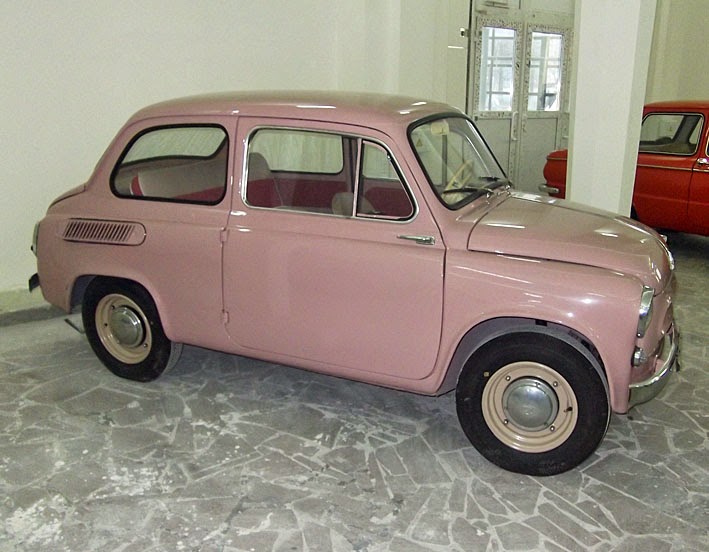
(source: carspottingmoscow.blogspot.com)
The 965, ZAZ produced until ’63. It looks a little like the VW Squarebacks, which hippies used to (still?) drive, but smaller.
This wasn’t German engineering, though. This was Soviet Ukraine or Russian as some would have called it. The 965 looked similar to the Fiat 600 but was not the same car.
One of my favorite features of this car are the doors, which are suicide to make easier entry.
The engine cranked a whole 746 ccs of power out the rear-mounted V4, so not super practical for heavier drivers.
It only cost 1,800 Rubles at the time, which means nothing to you or I, so it was basically free, right?
1970 Honda Z
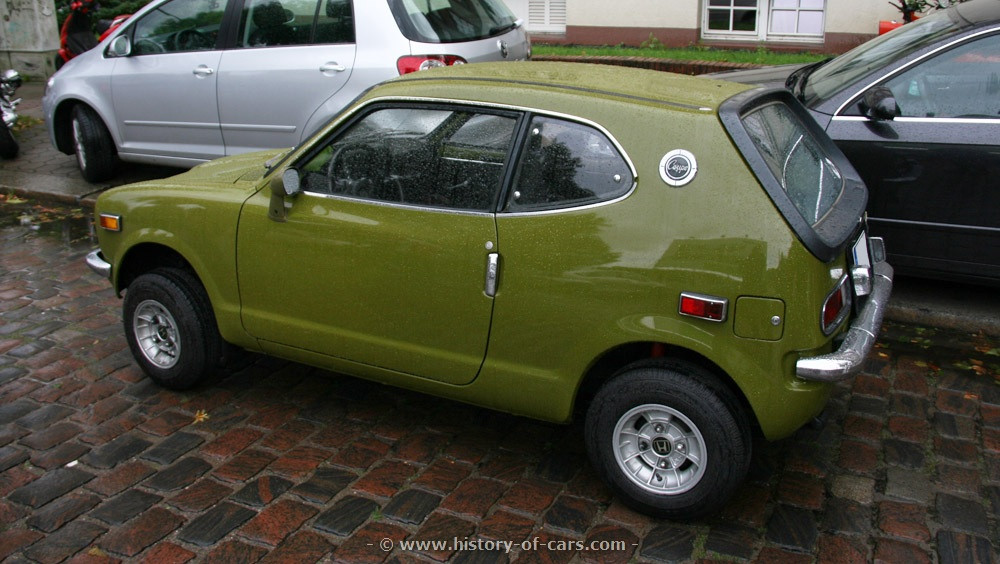
(source: bestcarmag.com)
If you thought as I once did, seeing Japan on this list surprises you. Europe and the United States did not monopolize the microcar market.
The Z takes the bronze on my list of favorites, for looks. The headlamps mimic the round lights of the Fiats, but the cut of the windows is definitely Japanese.
It predates the Civic, the lines of which you can see whispered in the Z.
The engine was a 354 ccs in Japan, but 598 ccs in the U.S. I’ll take mine in avocado, thank you.
1970 Fiat 500
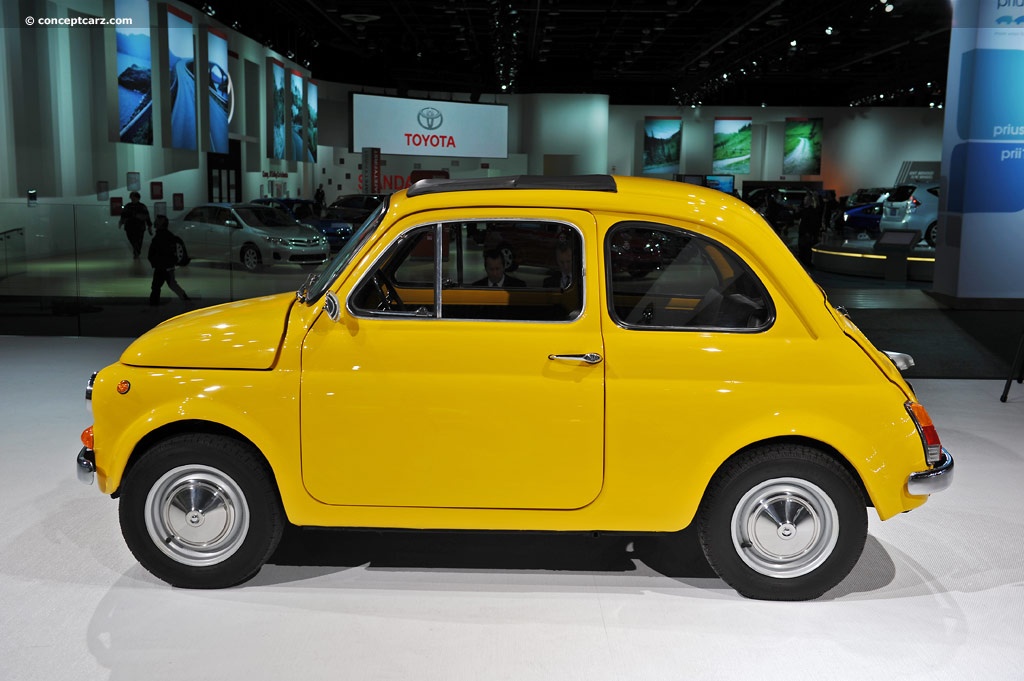
(source: conceptcarz.com)
The Fiat 500 is my second favorite on the list. The 600, their more functional microcar, the follow-up to the 500, loses something by gaining more car. It’s almost too big to be a microcar.
With its cute round headlamps, smoothed out panels, the 500 screams European microcar. Not only that, like a good suit, it’s Italian.
The 500 featured a front mounted 479 cc two-cylinder, air-cooled engine. I would drive this version over their newer cars anyway.
2016 Smart Fortwo Cabrio

(source: youtube.com)
While I’m all about the Fiat 500, there’s nothing wrong with a car that runs every time you start it. With the older models on this list, good luck finding parts. Good luck keeping your treasure running every day.
The Fortwo is not only microcar cute, it’s safe. The soft of the Cabrio model you can open at any speed, in 12 seconds.
The engine is huge for this list, .9 liter turbo, with a 5-speed or manual transmission option. It’s faster, more efficient, more reliable, and funner than any microcar on this list.
For a morning commute, you don’t need anything else.

(NOT a minicar | source: auctionsamerica.com)
Over the last 30 years, I’ve owned many cars, from a Dodge Omni 024 (Charger body with an Omni engine) to a BMW M3. My favorite car was my Wrangler, but my next car will be a microcar.
Unless something better comes out before then, that Fortwo would fit perfect in my driveway.
Actually, it would fit anywhere, which is why it’s so awesome. Of course, this writer has short legs, so… you know.
